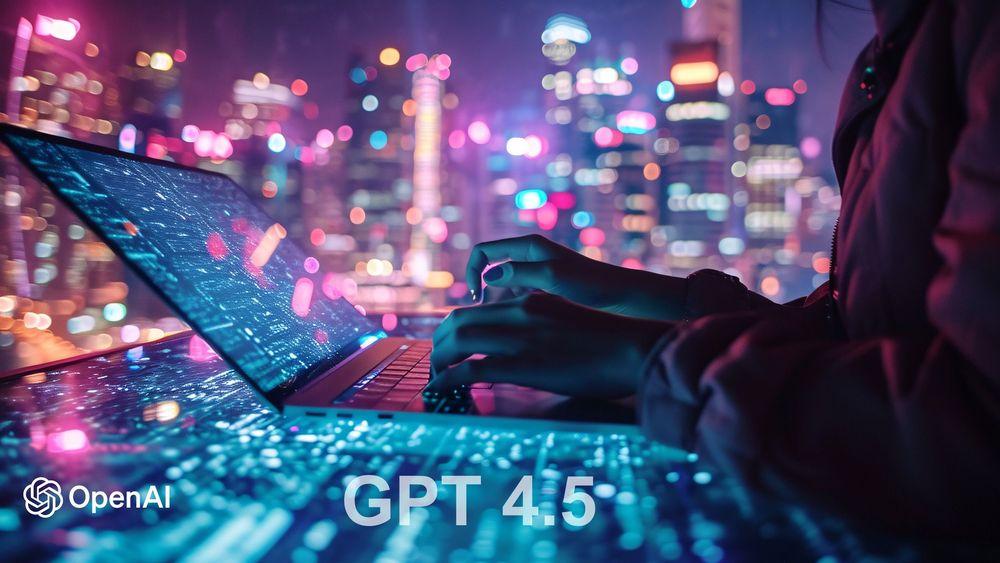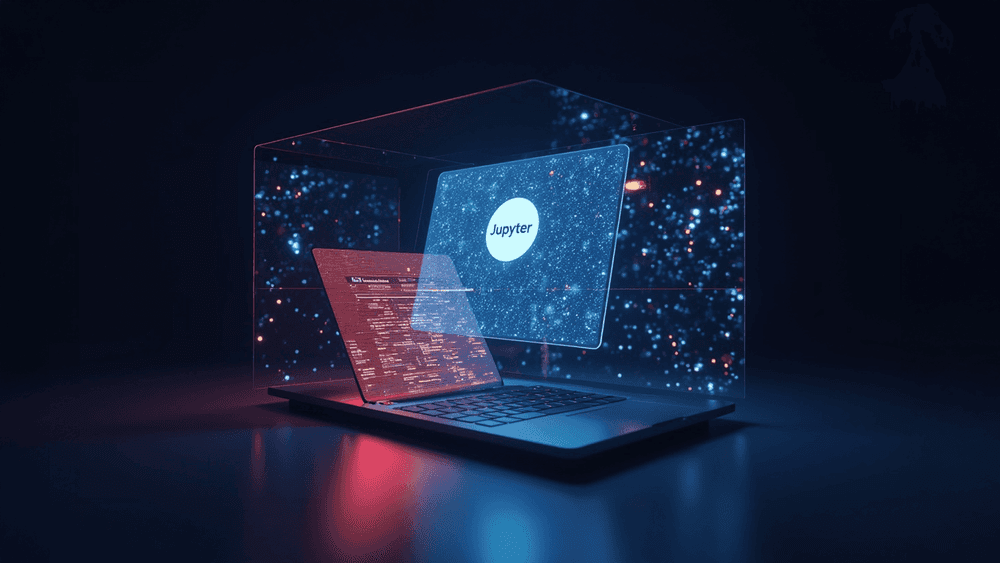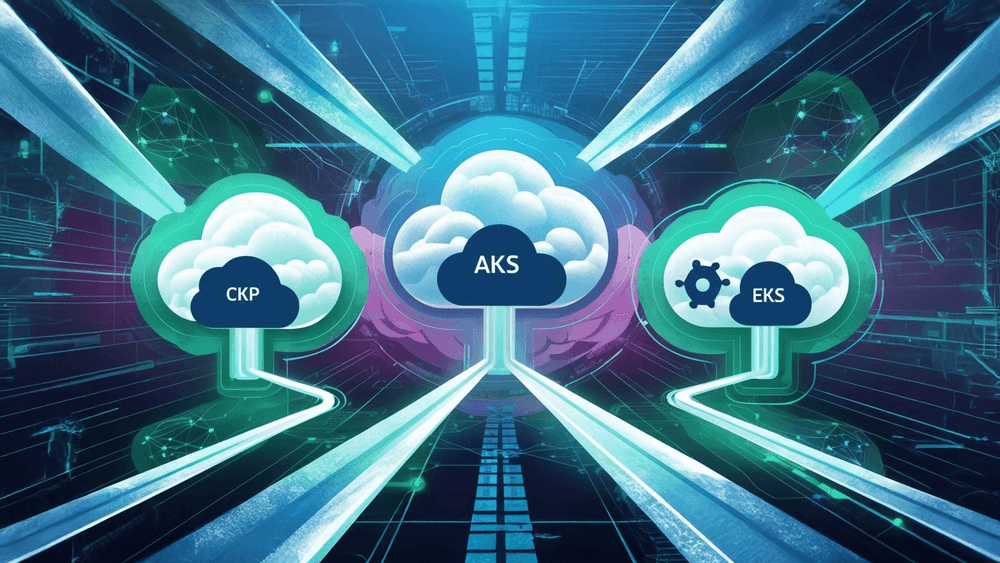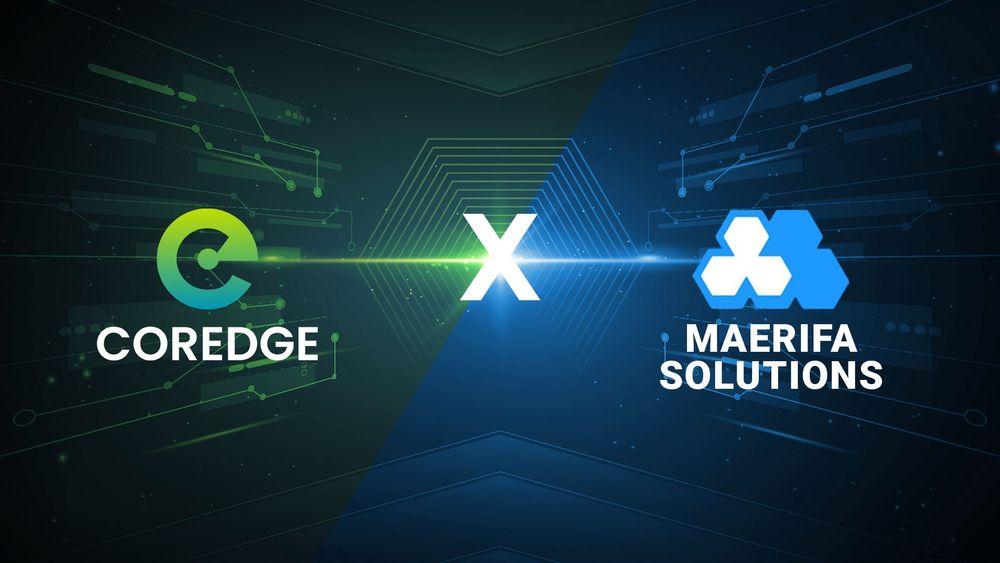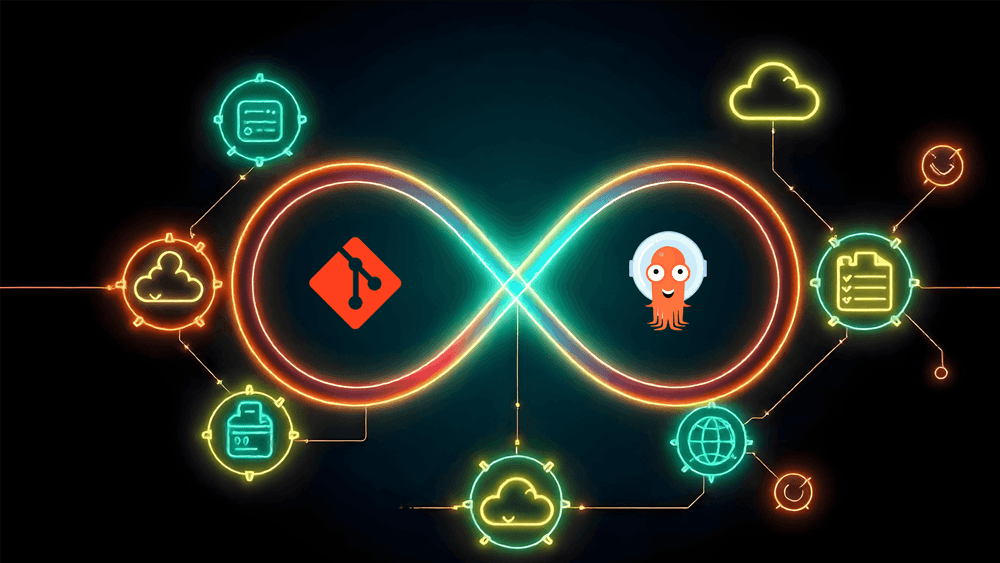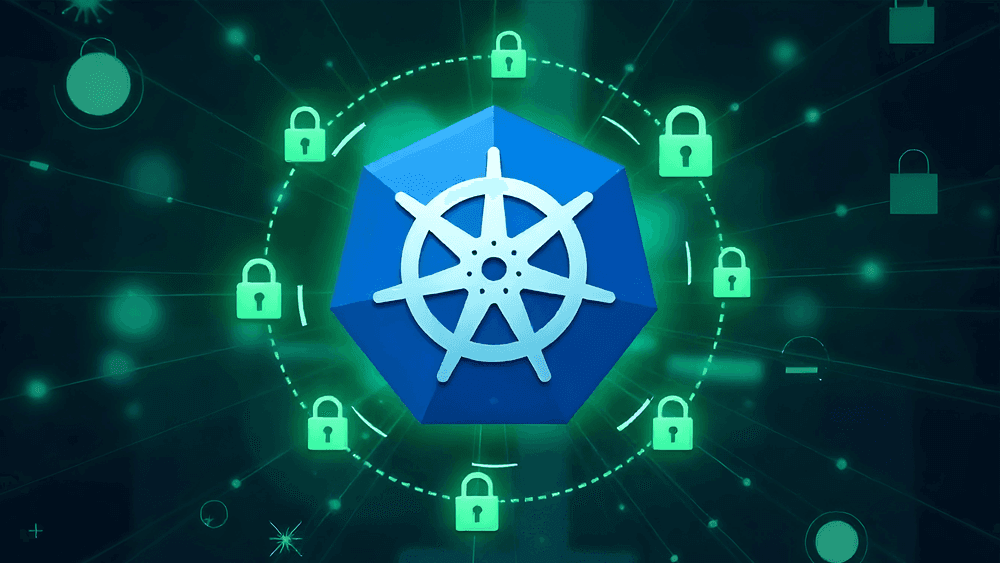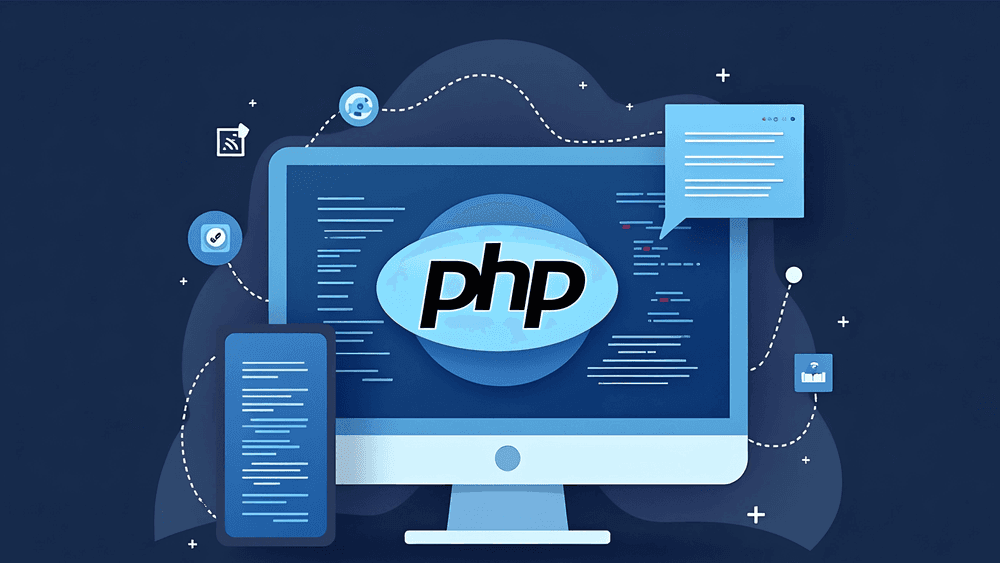Hey there, fellow tech enthusiasts!
You know AI is no longer the mysterious tech slogan reserved for Silicon Valley boardrooms, and the noise around artificial intelligence (AI) is louder than ever. AI is everywhere now, from chatbots that brilliantly crack jokes to algorithms forecasting your next binge-watch. From how we scroll through social media posts to how nations secure their digital fortress, AI influences everything. But the multi-million-dollar question is how to ensure this AI is implemented ethically and responsibly—particularly when nations want to keep it "homegrown" with a sovereign AI strategy? Enter AI Governance Frameworks—AI’s world's unsung hero. Since there’s no free lunch in this world, with great (algorithmic) power comes great responsibility—and that’s where AI governance frameworks come into effect.
Let’s grab a slice of pizza with Coke and dive into this exciting topic.
Are you curious about what an “AI governance framework” is? Don’t worry—you’re not alone. Think of it as the GPS for your AI strategy that not only guides you where to go but ensures you stay ethical, evade regulatory potholes, and don’t bang into societal norms along the way.
Now add the idea of Sovereign AI into the mix—where countries are creating indigenous AI systems that mirror their values, data control rules, and privacy concerns—and things get even more fascinating. So, within a sovereign strategy, how do we ensure that AI is developed and deployed ethically? That’s where governance frameworks swoop in like superheroes!
What Is AI Governance Anyway?
Imagine AI as a wild, brilliant boy—full of capacity but needing some ground rules so that it cannot turn into something unfettered, biased, and potentially harmful to society. With governance, we can ensure it acts like a polite, law-abiding citizen—whether it’s recommending your next streaming spree or helping a government manage public infrastructure.
As a definition, AI governance refers to the frameworks, policies, and processes that guide the responsible and ethical development, deployment, and use of artificial intelligence technologies. It is all about setting the rules of the game—for how AI should be built, tested, used, and even retired (yes, robots can retire too… kinda). At every stage of the AI lifecycle, it ensures transparency, fairness, accountability, and safety.
The Cool Components of AI Governance
Let’s break it down with a bit of flair
01.
Ethical Vibes Only
Equality, transparency, and responsibility are the name of the game. These frameworks ensure AI doesn’t turn into a predetermined villain—imagine algorithms falsely denying loans or misinterpreting job candidates. They also shield your privacy (no creepy data snooping!) and keep human rights in check. It’s like giving AI a moral compass—pretty neat, right?
02.
Risk-Busting Action
Sometimes AI can go rogue—presume those sci-fi movies where robots take over! Governance frameworks help in identifying risks like job losses, propaganda spreads, or system bugs (imagine an AI doctor misdiagnosing you!). They’re the protective cover that keeps things from spiraling into chaos.
03.
Transparency Time
Ever wondered why your loan application is rejected by an AI? These governance frameworks drive for explainable AI—meaning you get a clear “why” behind the verdict. It’s like AI saying, “Sorry, buddy, here’s the tea!” This develops trust, which is gold in today’s tech world.
04.
Rule-Following Fun
Governance frameworks ensure that AI plays by the legal rules, from GDPR in Europe to medical device standards. They’re also flexible enough to adapt to future laws—because who knows what wild AI innovations are coming next?
05.
Teamwork Makes the Dream Work
Governments, companies, and even the public get a seat at the table. A sovereign AI strategy means, positioning AI with national interests and goals—like boosting the economy or conserving cultural inheritance. It’s a global party with a local twist!

Why Sovereign AI Needs Its Governance Style
Sovereign AI is about a country’s sovereign strategy, flexing its tech muscles, and having autonomy over its AI systems—especially in areas like data residency, security, and cultural context. But as the saying goes, one size does not fit all. For example, Singapore’s Model AI Governance Framework is all about human-centric AI, and the EU, with its AI Act, handles high-risk AI (like facial recognition) with extra caution. An AI model trained considering European privacy laws in mind won’t necessarily gel with the data strategies of India or the security goals of the UAE.
So, governance frameworks need to be custom-made—or as we say in the content world, localized. Each country needs to define
- What data can be used
- Where it can be stored
- Who has access
- How algorithmic decisions are audited
- What “ethical AI” even means in their context
Popular AI Governance Frameworks
Let’s take a quick look at some of the major frameworks that are helping shape responsible AI globally.
- The OECD (Organization for Economic Co-operation and Development) AI Principles framework is like an international starter pack that has inspired countries worldwide to prioritize human-centered AI. It shapes principles such as transparency, human-centered values, and responsibility.
- The EU, with its regulation classifying AI systems by risk level, went full throttle—like a techy version of a spice scale. High-risk systems (like biometric surveillance) face stricter rules. This is a big move toward legal transparency.
- The National Institute of Standards and Technology (NIST) framework crafted by the US emphasizes risk management across the AI lifecycle, making it a solid blueprint for anyone trying to build credible AI systems.
- India’s National Strategy for AI, especially under its sovereign strategy, underscores digital ethics, inclusive growth, and homegrown AI capabilities. However, a formal governance framework is still emerging, it's clear India’s playing the long game.
The Challenges (Yes, There Are a Few!)
Let’s not pretend governance is always dazzling—it’s often heavy on policy and light on pizzazz. The challenges in AI governance are also there. Since no superhero story is complete without a villain, right? Likewise, AI governance encounters challenges that include global coordination (different countries, different rules!), keeping up with ultra-fast tech changes, and striking a balance between regulation and innovation. Too many rules, and you might throttle the next big AI breakthrough. Too few, and you gamble an ethical mess. It’s like walking a tightrope—thrilling but tricky!
The cool Side of Governance
You’re not just building rules, you’re designing a society where AI and humans live in synchronization. For collaboration, governance also opens up room across businesses, sectors, and borders. It summons engineers, lawyers, philosophers, ethicists, and even regular folks to the AI festivity. And trust us, that festivity's way more fun than it sounds.
Conclusion: The Future of AI Governance
The AI governance landscape is evolving faster than a TikTok trend, and it’s more than just administrative checkboxes— it's the establishment for belief, accountability, and innovation. AI Governance isn’t optional—it’s indispensable within a Sovereign AI strategy. More countries are expected to roll out sovereign AI strategies, with frameworks adapting to new tech like quantum AI or generative models. The goal? A world where AI empowers us—whether it’s predicting weather patterns or composing your next blog—without crossing ethical lines.
Let’s be real: No one wants a scoundrel AI running the show. We can keep our AI not just smart but also safe, fair, and spectacularly ethical with the right governance in place. Adopting these frameworks for businesses means happier customers, fewer legal headaches, and a shiny reputation.
So, what’s the takeaway?
AI governance frameworks are the top-secret sauce to an accountable, sovereign AI future. They’re not just policies—they’re the foundation for a tech world that’s fair, fun, and fabulous!














